
Understanding the terminology is the first barrier to starting FX trading as a diversified investment destination. Like cryptocurrencies, the FX industry also has a lot of jargon.
Therefore, before starting a full-fledged research on Forex trading, it is effective to use a glossary to summarize the meaning of basic terms.
The glossary allows you to check terms exhaustively, so you can memorize words with similar and opposite meanings as a set, which is useful for broadly and shallowly understanding the entire FX market. It would be more efficient than researching word by word while looking up the meaning.
Therefore, in this article, we will introduce 39 technical terms that you should remember when starting FX trading, organized by category.
table of contents- 21 Most Basic Forex Terms You Must Remember
- Forex terminology used when ordering trades
- Terminology for four typical ordering methods
- Names of the four main trading styles
- Two analysis methods for analyzing the FX market
- Understand FX terminology for smooth trading
1. The 21 Most Basic Forex Terms You Must Remember
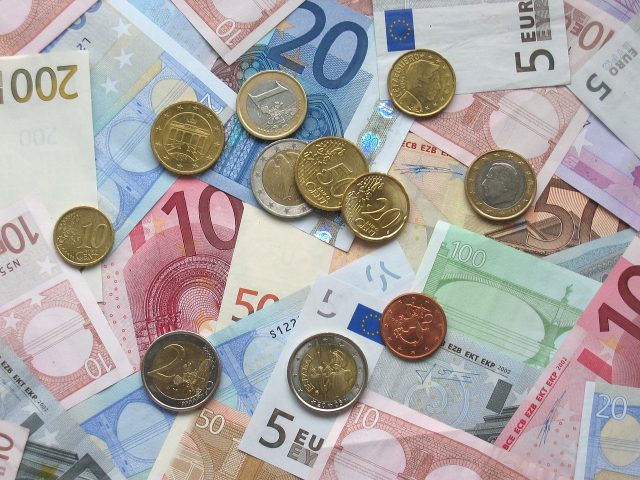
First, let’s explain 21 Forex terms that you definitely want to remember.
| Ask | price to buy. | Antonym is Bid |
| Bid | price to sell. | The antonym is Ask |
| Open Interest/Position | An unsettled contract that remains unreversed after a trade has been executed. | A position that has been bought is called a “buy position” and a position that has been sold is called a “sell position”. |
| cross trade | Transactions that do not involve dollars. | EUR/JPY, GBP/JPY, etc. |
| Cash settlement | Settle only the difference between the purchase price and the sale price without delivering physical assets such as securities. | Most forex trading is done by cash settlement. |
| short cover | Short selling (shorting) and canceling (buying back) the generated short position. | It is often used to express market conditions rather than individual trades.
(1) In a falling market, the market rebounds due to profit taking by short position holders. (2) In a rising market, the market price rises further due to loss cuts by short position holders. |
| US time | The time period during which American trading is taking place in the Forex market. | From 22:00 Japan time to around 6:00 the next day. |
| European time | The hours during which European trading is taking place in the Forex market. | From 17:00 to 25:00 Japan time. |
| asia time | Time period during which Asian trading is taking place in the FX market. | From 6:00 to 14:00 Japan time. |
| summer time | A system that uses a time that is one hour ahead of the standard time in relation to the length of daylight hours in summer. | Used in America and Europe. During the daylight saving time period, the announcement time of economic indicators in Japan is advanced by one hour. |
| swap point | Interest paid by the FX driver due to the interest rate differential between the two countries. Also called “interest rate differential adjustment”. | If the interest rate on the currency bought is higher than the interest rate on the currency sold, there will be a profit, and vice versa, there will be a payment. |
| Roll over | Carry over open positions to the next day. | Swap points are generated and received and paid when the position is settled. |
| slippage | A difference between the specified rate and the execution rate when placing a stop loss order and a closing order. | Occurs when the rate fluctuates before the transmitted order data reaches the FX company’s server, such as when the market situation changes suddenly. Many domestic Forex companies have introduced a system of “allowable slippage” that specifies the range of slippage. |
| Margin | Funds used as collateral for FX transactions. | In Forex, you can trade with the amount of deposit or more using the margin deposited with the Forex company as collateral (leverage). In Japan, you can trade up to 25 times the margin. |
| loss cut | A function to force liquidation when the loss reaches a certain level. | Features to protect traders’ funds. The unrealized loss will increase, and the expansion of the investor’s loss will be kept within a certain range. |
| margin call | The financial institution notifies the investor that the margin necessary for holding open interest is insufficient, and requests the deposit of margin for the shortfall. | If you do not deposit margin money after a margin call, your open interest will be cut. |
| currency pair | A combination of currencies to trade forex. | Since FX trades between two countries, the names of the two countries are combined to indicate the currency pair. In the case of the US dollar and the yen, it is expressed as USD/JPY. |
| Lot | A unit of the amount of currency that can be bought and sold in one trade. | The minimum number of trading currencies in a specific currency pair is expressed as “1 lot”. The breakdown of “1 lot” varies depending on the currency pair and exchange. |
| pips | 1% figure of the minimum unit currency in a specific currency. | Abbreviation for Percentage_in_points. For example, 1 pip of Japanese yen is 1% of 1 yen = 0.01 yen. Used as a common unit in multiple currencies. |
| leverage | A mechanism that allows you to trade an amount greater than your contribution. (Leverage principle) | Traders provide margin money to FX brokers, and FX companies use the margin money as collateral to guarantee transactions of several times the amount. |
| Spread | It is the difference between the buy price and the sell price that occurs for each trade, and is a substantial commission. | The spread varies depending on the currency pair and FX company that handles it. |
All of the above terms are of particular importance in Forex trading. Know the words and their meanings. In particular, terms related to “spreads”, “swap points” and “loss cuts” are directly linked to profits and losses, so it is recommended that you fully understand them.
2. Forex terminology used when placing a trade order

Next, let’s explain the Forex terminology used when placing an order.
| entry | To place an order to buy or sell a position. | It means having a position such as a new long position/sold position. Antonym of exit. |
| exit | To close an open position. | Antonym of entry. |
| long/short | Long means buy, short means sell. | A long position is also expressed as a long position, and a short position is also expressed as a short position. |
| S/L (stop loss) | Settle with a negative loss. | This is done so as not to increase the loss. Also called loss cut. |
| T/P (Take Profit) | Settle with profit. | Also called profit taking. |
3. Terminology for four typical ordering methods
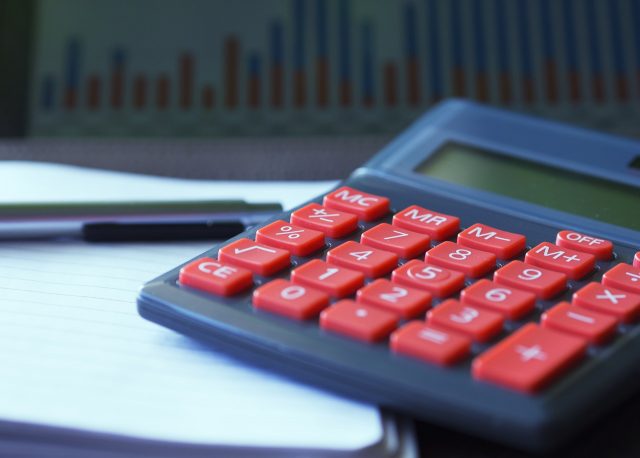
Now that you understand the basic terms of trading, let’s explain the main jargon of how to order Forex.
| limit order | A pre-order method that places an order at a better rate than the current rate. | (1) Specify a price lower than the current price, and automatically execute a buy order when the price falls to the specified price. (2) Specify a price higher than the current price, and automatically execute a sell order when the price rises to the specified price. |
| stop order | A pre-order method that places an order at a rate worse than the current rate. | (1) Specify a price higher than the current price, and automatically execute a buy order when the price rises to the specified price. ② Specify a price lower than the current price, and automatically execute a sell order when the price falls to the specified price. |
| trail order | An order method in which the specified price of a stop loss order changes according to market price movements. | In addition to automatically increasing profits when a trend occurs, even if the market reverses, profits can be secured at a high level and large losses can be prevented. However, the disadvantage is that in a market where price fluctuations are intense, if the trailing order width is narrow, it is likely to be settled at an unfavorable rate. |
| OCO Order | An order method in which two types of orders are placed at the same time, and when one is confirmed, the other is automatically canceled. | It is effective for cases where you want to decide to buy or sell according to the direction of the market by setting a buy order when the market price rises and a sell order when it falls. |
| IFD Order | A method of placing a new order and a settlement order for that position at the same time. | Set conditions for each new order and settlement of that position. If you meet the conditions, you can automatically perform from entry to exit, so in some cases you can order without checking the transaction screen. |
| IFO Order | A method that combines OCO and IFD orders. | At the same time as a new order, two types of settlement orders are automatically set for that position. At settlement, if one order is filled, the other order is canceled. |
4. Names of the four main trading styles
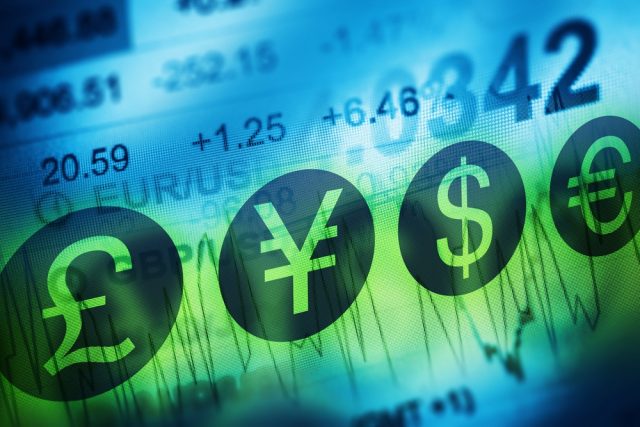
Next, I have summarized the four trading styles that I want to understand in the table.
| scalping trade | A style that trades in a short period of several seconds to several minutes. | It is necessary to have the ability to read short-term market movements and make decisions in an instant. For experts who are good at chart analysis and board reading. |
| day trade | A style that ends the trade within a day. | Although it is less difficult than scalping trading, it is a high hurdle for part-time traders because it is traded throughout the day. On the other hand, it has the advantage of eliminating the risk of carrying over positions across days. |
| swing trade | Trading style for a few days to a few weeks. | For traders who have a side job to set the holding period of the position longer. While there is an advantage that it is easy to increase profits, there is a disadvantage that it is susceptible to unexpected effects when the position cannot be settled immediately. |
| position trade | Trading style for several months to several years. | The most long-span method, trading for more than a week, or even months or years in some cases. It is easy to aim for interest by swap points. |
5. Two analytical methods for analyzing the FX market
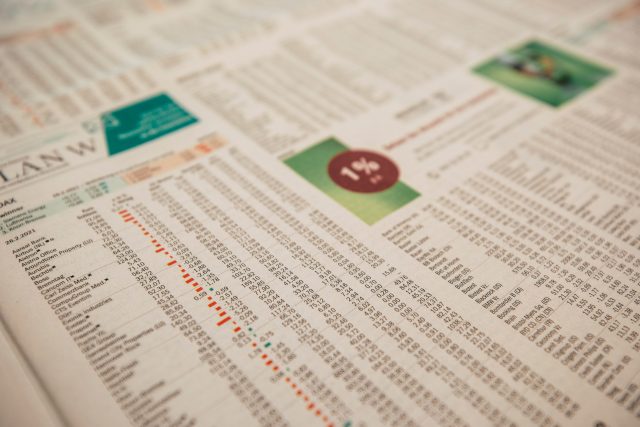
There are two main methods of analyzing the FX market. In this chapter, let’s explain the terminology and overview of analysis methods.
| technical analysis | An analysis method that judges future price movements from the past price movements of a chart. | Since the analysis is performed by referring only to the price, the amount of information is less than that of the fundamental analysis, making the analysis relatively easy even for beginners. |
| Fundamental analysis | A method of analyzing market prices based on the political and economic trends of each country. | It is more difficult because it requires a macroscopic perspective such as financial policies and government trends in each country and an understanding of the principles and principles of the market. |
In addition, technical analysis mainly consists of three types of analysis methods.
| trend technical analysis | Analyze market direction and flow |
| Oscillator system technical analysis | Analyze market overheating |
| line technical analysis | Analyzing market breaks and rebounds |
6. Understand FX terminology for smooth trading
In this article, we have introduced the FX terminology comprehensively.
By starting with a broader understanding of terminology, future research and input should be more efficient.
Let’s deepen our knowledge of Forex little by little and aim for “trade with a high winning rate” based on evidence.
The post Trading Beginners Recommended “FX Glossary” appeared first on Our Bitcoin News.

 2 years ago
184
2 years ago
184


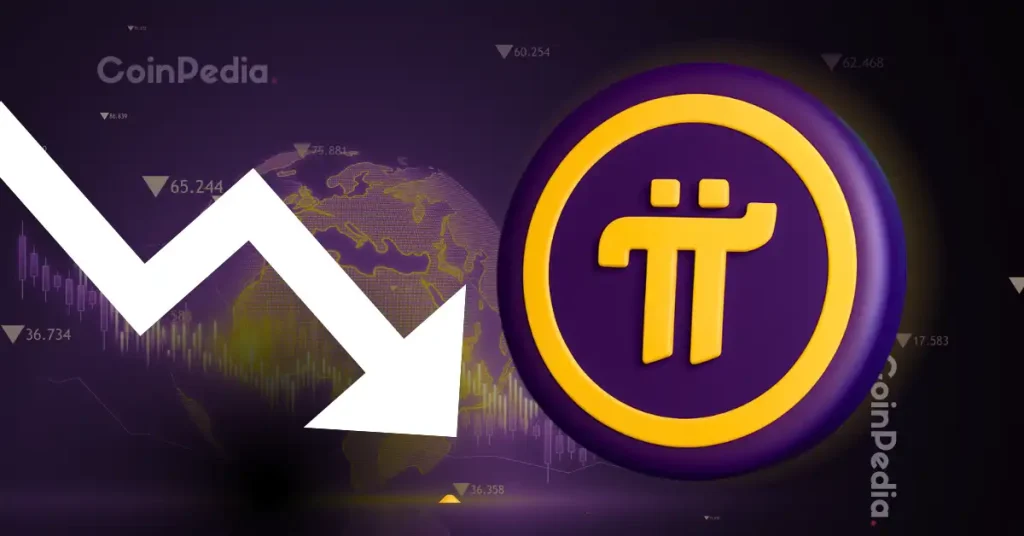











 English (US) ·
English (US) ·